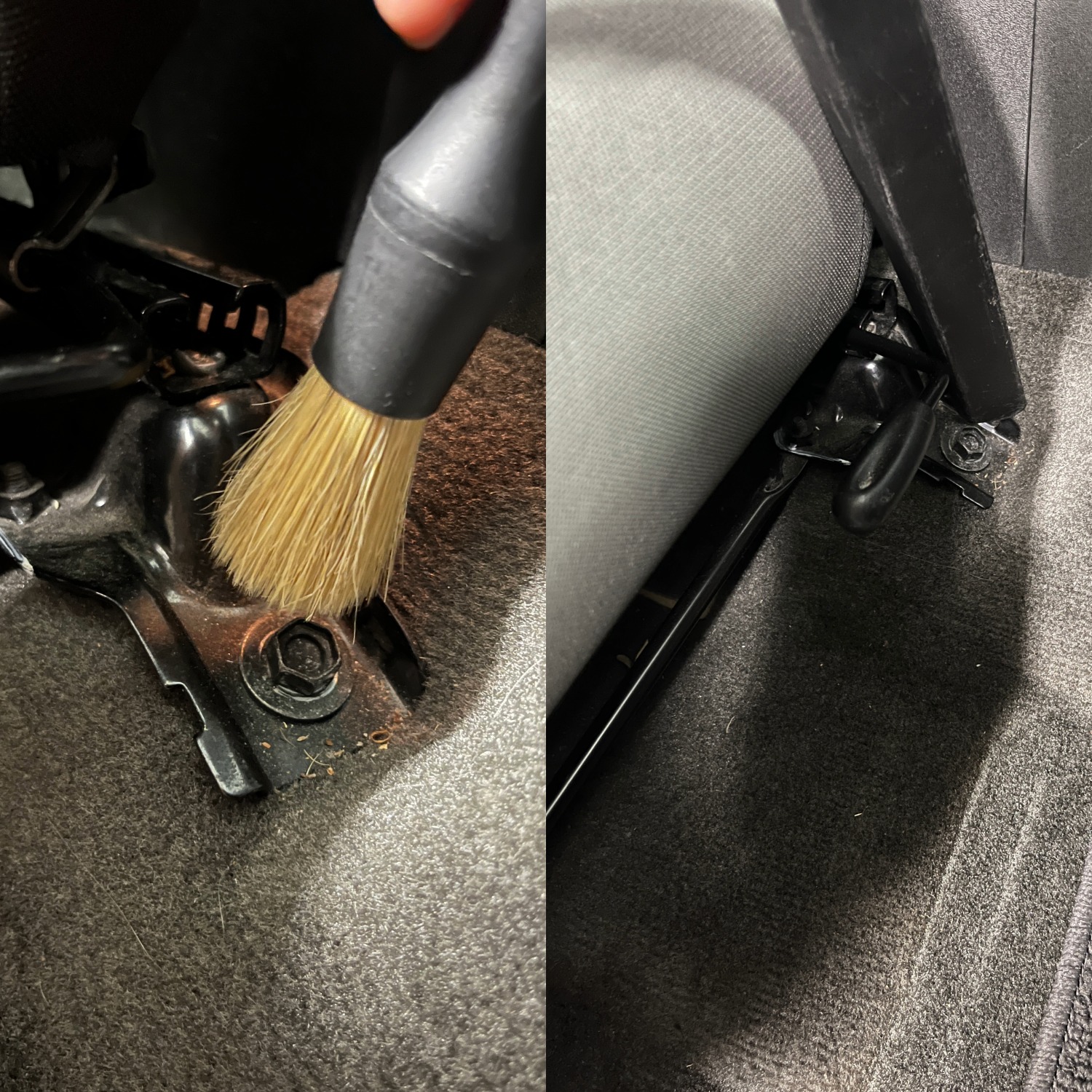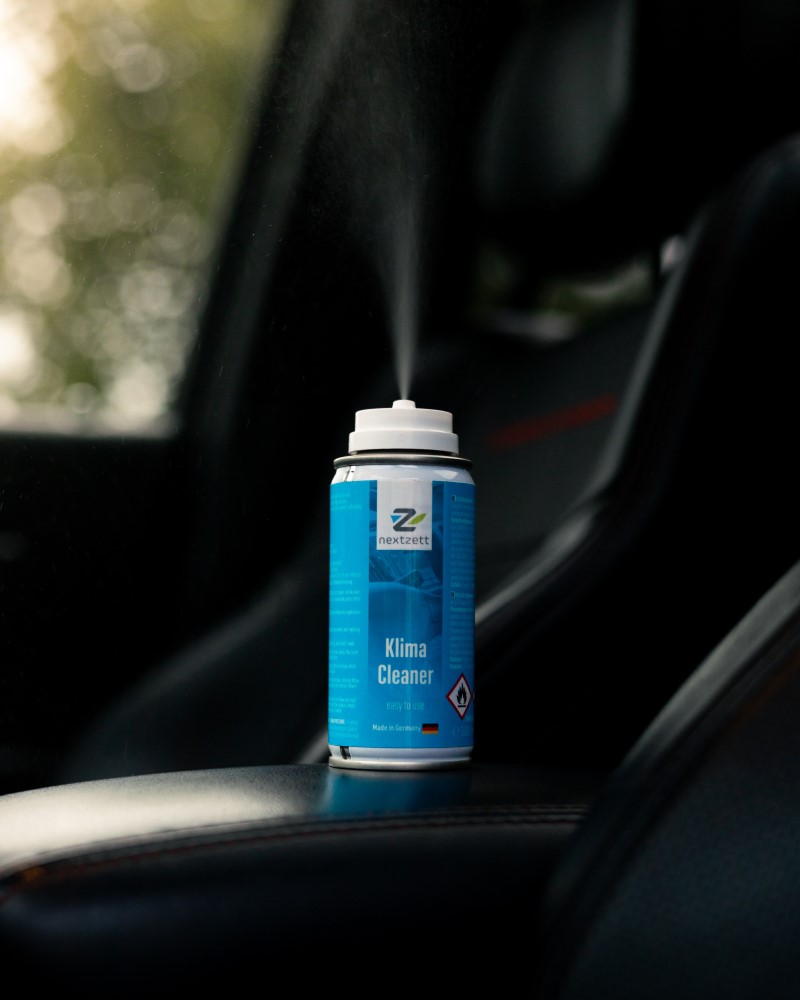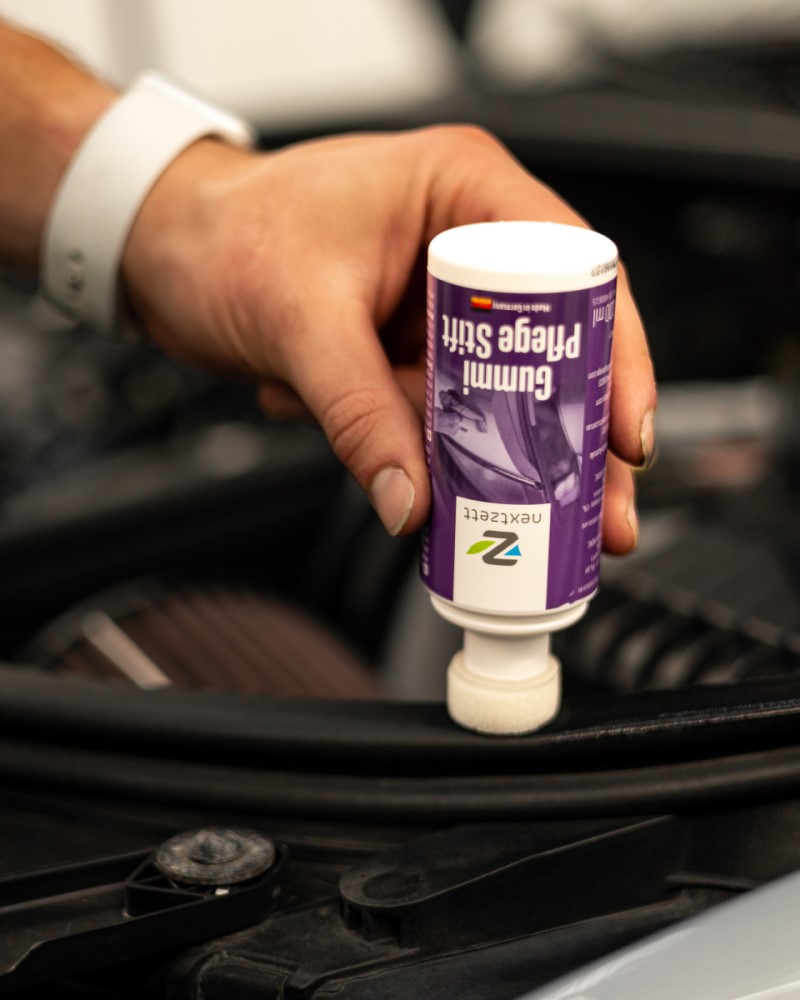- Oct 13, 2025
Details Most People Miss
- Michael Mankarious
It's funny (or not so funny) how the sun reveals all the details we've missed. You've just finished washing your car, you step back, and it looks great. You step inside, and the sun hits the dashboard at just the right angle to reveal the accumulated dust around the audio knobs and within the vents. You suddenly realize that your car is not as clean as you wanted.
Detailing is all about the details. When you transition from simply washing your car as a chore to actually detailing it, you become more observant of the little details that you once overlooked and can no longer ignore. These are the areas that most of us have missed at one time or another.
I once had a customer who was a very successful detail shop in a very wealthy area of the country. His customers had beautiful cars. He was obviously doing something right. But one day he told me that if the car looked great the day he released the car back to the customer, it didn't matter what it looked like the next day. I lost respect for him, and it also reinforced a belief of mine. A good detail is not about how shiny something looks today; it's about how it looks down the road. A good detail lasts, and it pays attention to the small stuff—not out of being fussy or critical but out of being careful and mindful of the little details that can easily be neglected. It's about the unseen areas that complete the job.
These overlooked spots are what separate a quick wash from a true detail.
Why These Areas Matter
Not all the areas I list are visible because they don't necessarily affect appearance. Still, there are areas that, when repeatedly overlooked, can lead to deterioration over time (e.g., cracked weather seals, faded trim, musty air conditioners).
It's not about hitting every single hidden spot, but rather about awareness—and specifically, detailing with purpose.
Interior Details Most People Miss
a. Crevices Between and Under Seats
Crumbs, hair, coins—the usual suspects. It's like sweeping the dirt under the rug. Just because you don't see it doesn't mean it doesn't exist. Knowing it's clean is something to feel good about.
You can initially loosen debris between narrow crevices with our nifty Narrow Seam Interior Detailing Brush and then, using a vacuum attachment, remove the loosened debris. Some people use an air compressor, but be sure to have a vacuum next to it to suck up the dust and dirt it kicks up; you don't want to make a mess when you're trying to clean up.
While not as effective as our Narrow Seam Brush, try wrapping a plastic knife with a microfiber towel to get deep into seams.
b. Seat Rails and Pedal Area
While we're underneath the seats, push those seats back and remove any debris from the seat rails. You might even find a vintage penny hiding in there.
If needed, use a small brush to loosen any debris. In the same area, be sure to clean up the pedals; they're hidden grime traps that reveal themselves under certain light.
• Tip: angled brush + vacuum simultaneously.

c. Air Vents and AC Treatment
Stay tuned for new air fresheners from Detailers Finest with scents you've never smelled before. They'll elevate your car's interior into a whole new space. But in the meantime, instead of covering odors with air fresheners, tackle the root of the problem occasionally. That's where Nextzett Klima Cleaner Pro and Klima Cleaner ETU come into play.
Over time, vents and the internal systems collect dust and moisture, eventually forming mold, fungus, and bacteria. You end up with a pungent odor that you might describe as smelling like vinegar, smelly gym socks, or worse. That's the mold and fungus giving off that odor. When you treat your air conditioning system, you're treating the lungs of your car. Nextzett Klima Cleaner Pro will physically clean the evaporator (the heart of your AC and heating system), while ETU maintains it between treatments.

Exterior Details Most People Miss
a. Weather Seals
The weather seals around your doors, sunroof, hood, and trunk lid are some of the most neglected components of your car. Cracked, dry, or dirty seals lead to leaks and wind noise.
Use Nextzett Gummi Pflege Stift to keep them conditioned so they remain supple, allowing them to seal correctly, reduce wind noise and rattling, and minimize the possibility of leaks.

Pro Tip: Before treating with Gummi Pflege, wipe the seals down first with a rag or paper towel and some mild soap. If they're especially grimy, use Nextzett Plastic Deep Cleaner to clean them and then wipe down with a damp rag to remove any residue. You can then treat the seals.
b. Plastic Trim & Cowling (under windshield)
Exterior plastic trim takes a beating from the sun, especially in the southernmost parts of the country. Avoid petroleum-based trim protectants; instead, use a water-based protectant, such as Nextzett Vinyl-Rubber Care, to deep condition and protect with a weather-resistant finish. It'll shield against the fading effects of UV and heat.
If it's dirty, be sure to clean it first with Nextzett Plastic Deep Cleaner or a similar detergent. Avoid degreasers and harsh chemicals that will dry out the plastic. One piece you can't forget: the cowling—the plastic trim that runs along the bottom of your windshield.
c. Emblems, Fuel Cap Area, and Mirror Housings
Dirt and polish residue often accumulate around these areas, and a detail brush is beneficial in removing the residue. Avoid using a brush with bristles that are too stiff, as they can scratch the paint.

d. Trunk Area and Latch
The poor trunk area. Often used as a space to store random belongings. Then, when you need to access your spare tire, it's like digging through a bargain bin.
I know it's out of sight, but for the sake of organization and easy access to the spare tire, it's worth tackling. Remove any accumulated items, vacuum, and ensure your spare tire is properly inflated. If you need to store items in the trunk, organize them with trunk bins.
Wipe down door jambs and latches with APC and seal lightly with spray wax or a polymer sealant.
The Finishing Touches Define the Detail
The difference between a clean car and a detailed car is invisible until you open a door, a vent, or the trunk. The more you detail, the more these little areas will become noticeable.
The next time you wash your car, select two areas from the list and incorporate them into your routine.